When I bought my first light from Nanlite, I decided to get myself some modifiers with it. The first one in mind was a softbox, and the second one was a fresnel lens with a barn door.
That’s where the FL-20G came into play. I have seen this Fresnel on YouTube many times, with its white color reminiscent of L lenses. I was excited to try it out; these are my first impressions and my review.
Why the need for a fresnel?
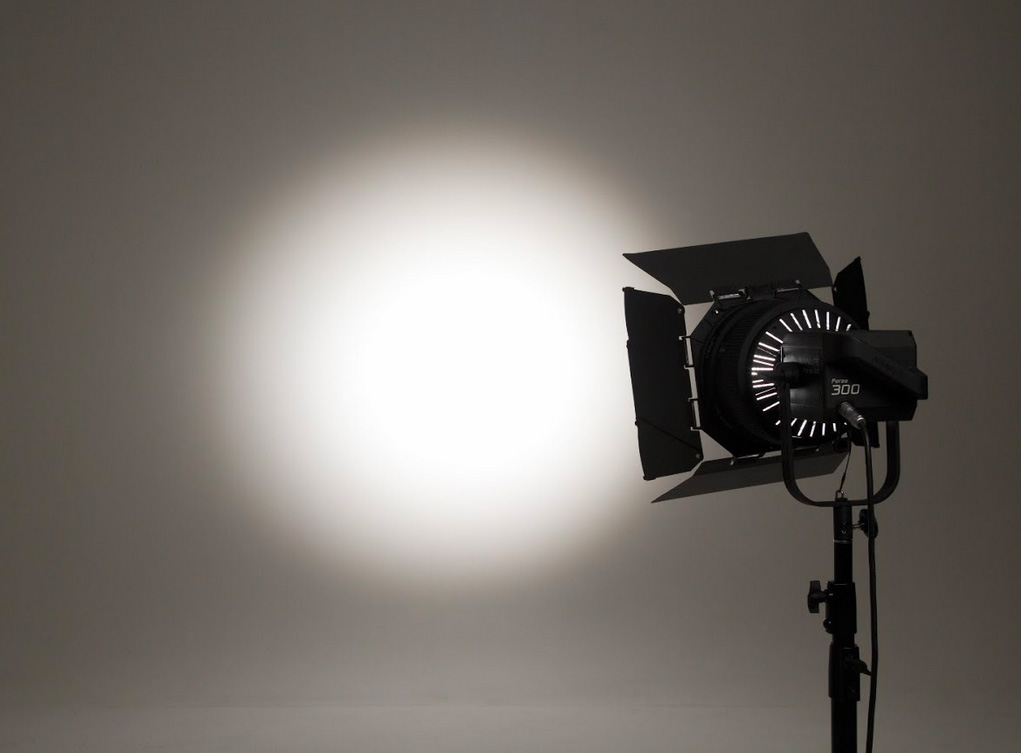
The idea behind using a fresnel with barn doors is basically to have a bit of control over the size of the beam of light and its shape.
The fresnel will help you concentrate the light or, with some adjustment, flood it. This is pretty handy when you want to light only a specific part of your scene with a higher output.
The barn doors, just like a mat box, will cut the light into a shape, usually a rectangle or square.
Why not use a projection attachment?
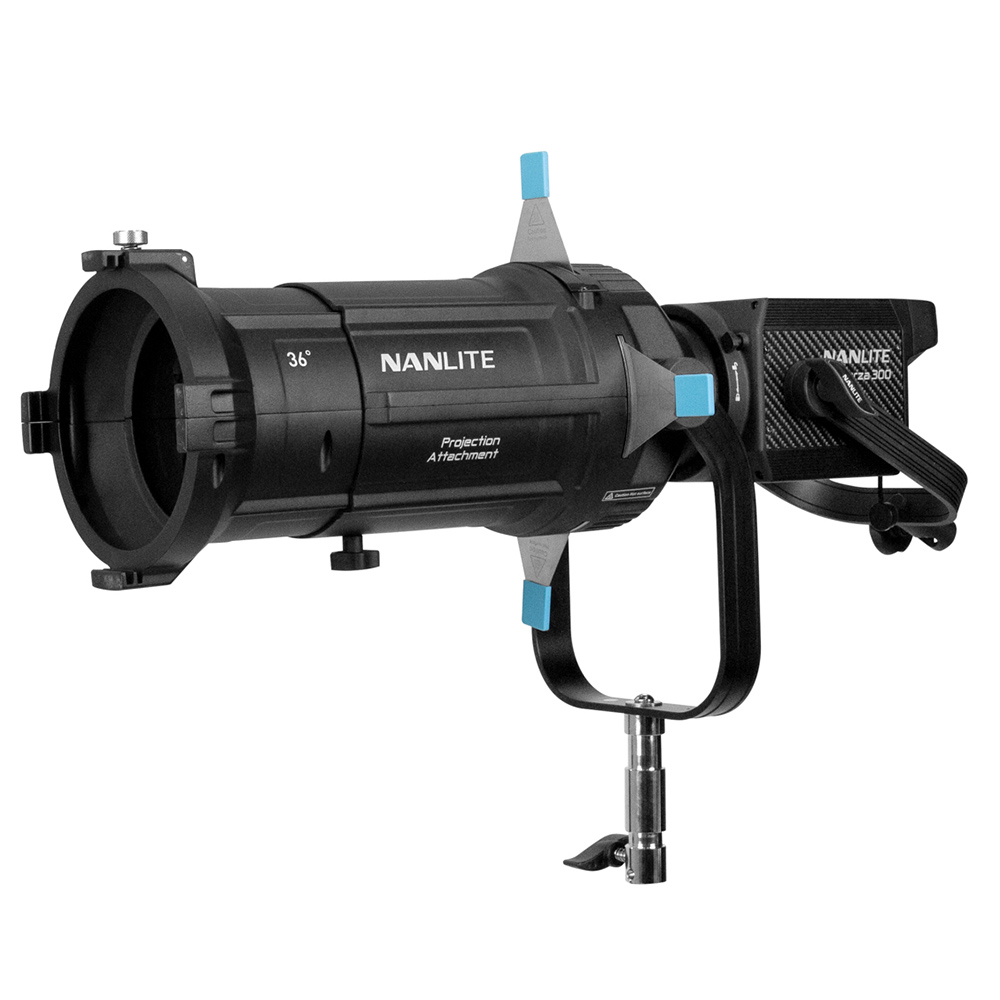
It’s true that these days, projection attachments are more versatile and way better at cutting light with precision.
The only issue with these tools is that they are bulky and five times more expensive than classic fresnel lights.
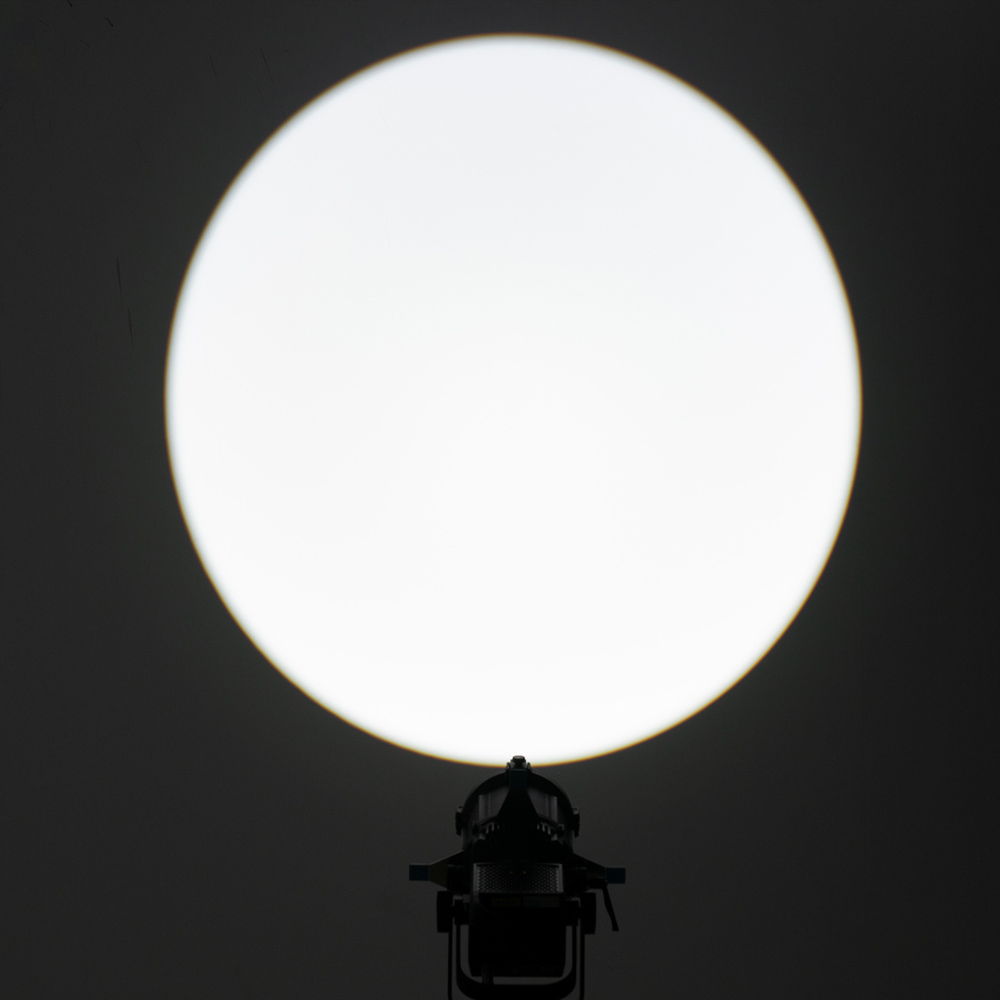
I think this tool is great for creating a clean spotlight, some clean cuts, or some background pattern, such as a fake window shadow.
Why choose Nanlite?
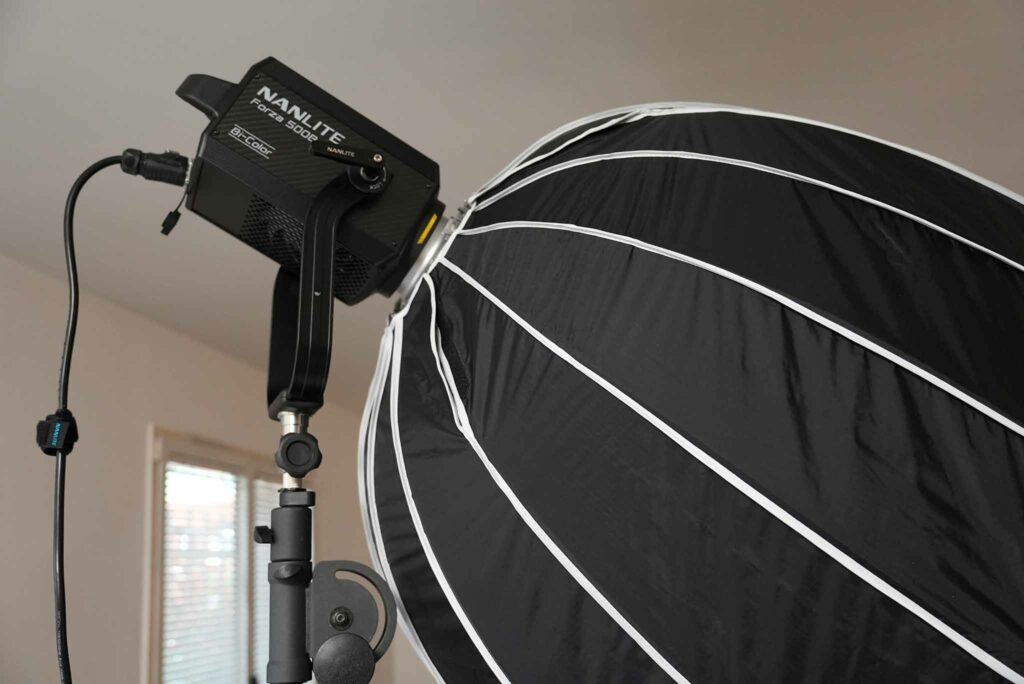
I tend to buy products of the same brand within an ecosystem. This is the best way to keep value when reselling the gear but also to get the best technical results.
Since everything has been engineered in-house with the lights from Nanlite, the CRI values will more often than not perform better.
Why choose the Nanlite FL-20G?
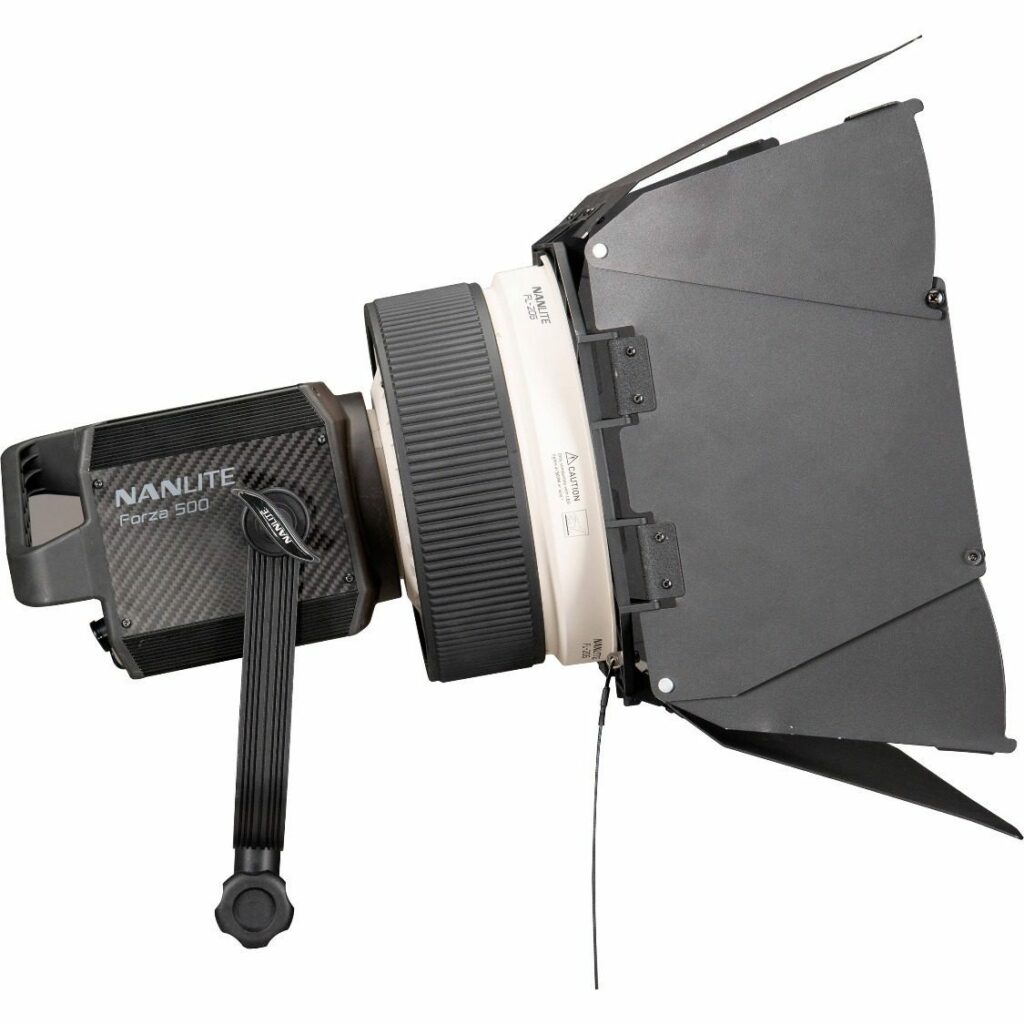
To keep it simple, this fresnel lens is the one recommended for my Nanlite Forza 500B II. It’s actually the reference that will fit on all the bowens mount Nanlite lights.
Other models are basically for smaller or bigger lights.
My first impressions
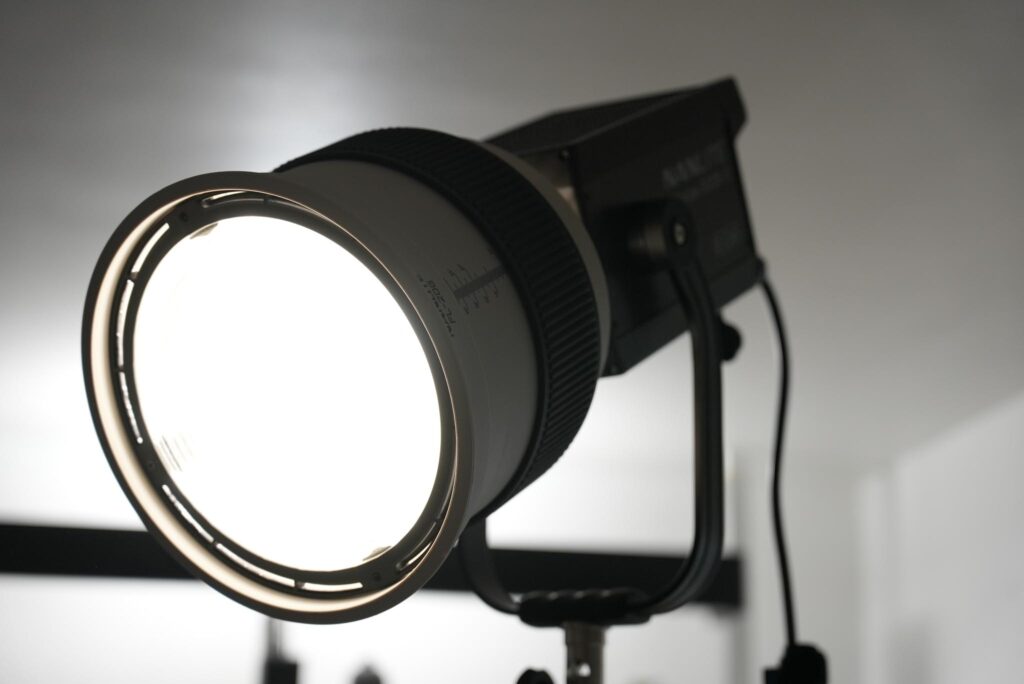
The Fresnel lens is quite compact and light when in its original box. The box is composed of a small bag that resembles the one you would use for a Nikon lens but is much larger.
The Fresnel lens seems to be made of plastic or some sort of posh PVC, which, honestly, in this day and age, is quite the standard. PVC is strong, can resist heat, and is lightweight.
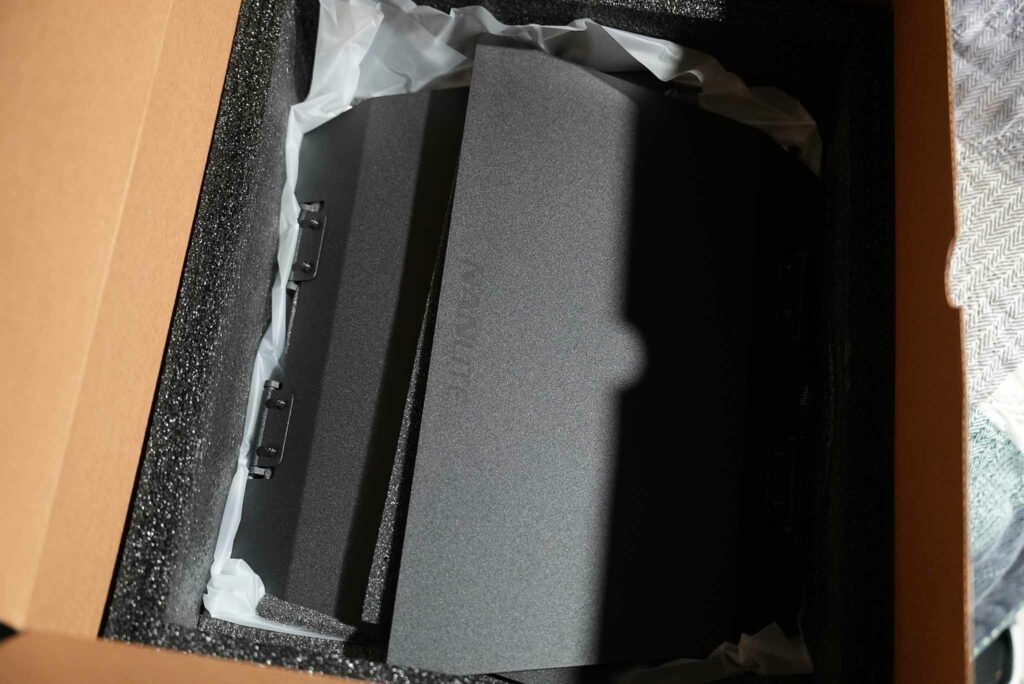
For me, the lightweight part is the most important. The light and control unit being 8kg plus a combo stand being 12kg, it’s better to trade off weight in the light modifiers.
The barn doors are quite solid, I have to say. They were folded in the box between pieces of foam. I don’t know if it’s a requirement after folding and putting them back in the bag.
After testing the fresnel, I really like the feel of it. It really inspires quality and is still lightweight at the same time.
The light coming out of it is very clean without too much spill, and going from flood to spotlight is easy. There are also markings on the side, which give you an approximation of the beam angle.
When it comes to the power the LED is outputting with this modifier, it is supposed to be 2.4 times more light.
I haven’t had tons of use so far, but I can tell what the purpose of this tool is. I feel like overall, perhaps the projection mount would be more versatile, but at the same time, it’s pretty cumbersome and expensive compared to this.
The purpose of the fresnel lens, on the other hand, is not to create any form of effect but rather to have a bit of control over the light.
Compared to the Aputure Fresnel 2X
There seems to be a good amount of spill from the back compared to the Aputure Fresnel 2X, which outputs two times more power than a traditional fresnel and up to ten times the power of the light alone thanks to its dual optics.
Compared to the Aputure Fresnel F10
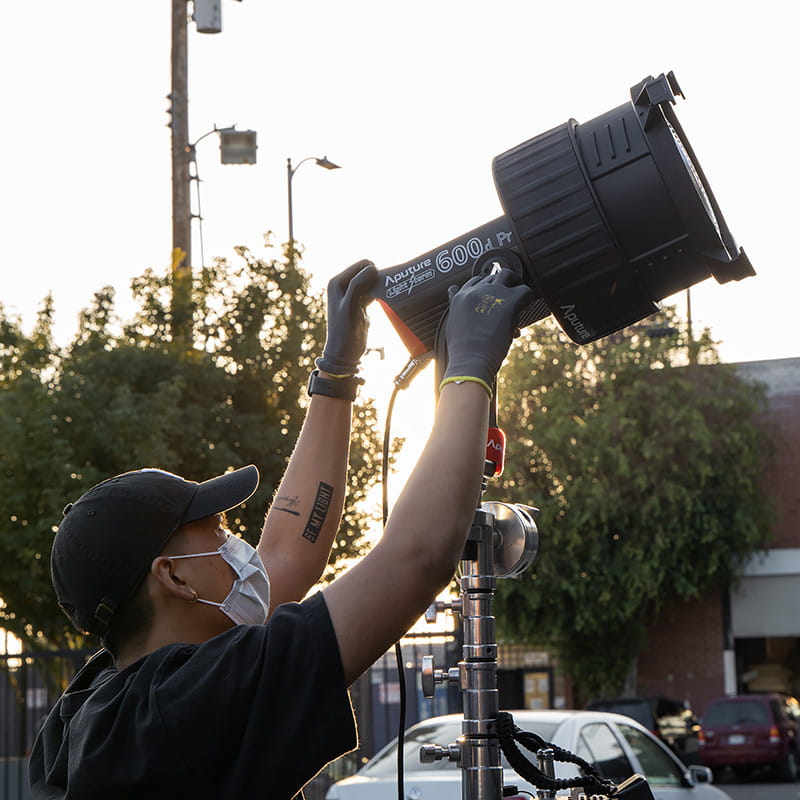
The Aputure Fresnel F10 is basically a 10-inch version of the Fresnel 2X to produce a softer light. This Fresnel is much larger and heavier, weighing 3850g compared to the 2100g of the Nanlite FL-20G.
Just like the FL-20G, the F10 is also using 8-leaf barn doors. Helping you flag the light with more control.
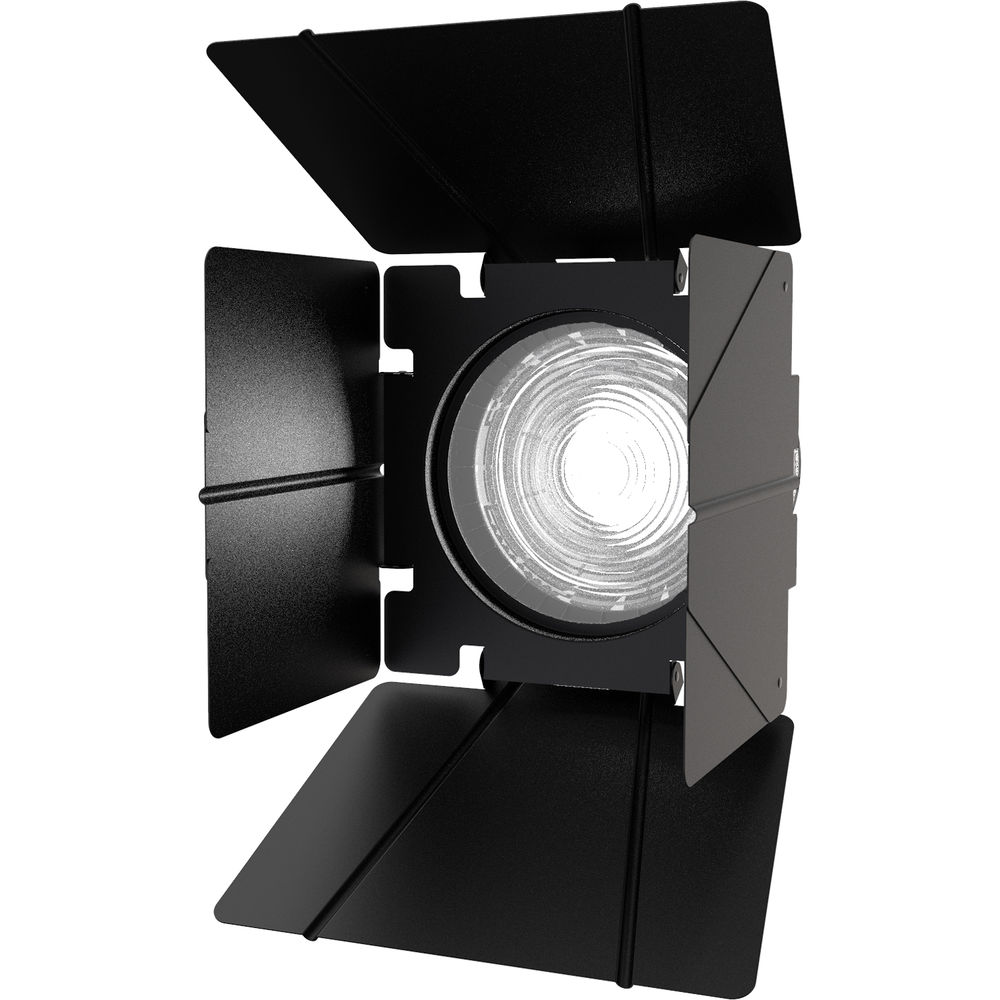
The price comes at 310 euros, with an additional 166.80 euros just for the barn doors. This makes this light much more expensive and cumbersome to travel with.
When paired with the 600D, the F10 will emit 2.1 times more light (10000 lux) in a concentrated area than the FL-20G used with the Forza 500 (4690 lux). This is worth considering if you aim to illuminate a room with natural light.
The Aputure combination is remarkably efficient, being only 11% less luminous than a Nanlux 1200d equipped with its FL-35 Fresnel attachment. This level of performance is truly impressive.
One advantage of the Nanlite FL-20G is its versatility, as it is not designed to work only for a specific set of LED lights and can effectively work with most Bowens mount continuous lights.
Color accuracy and temperature
I discovered that the Fresnel delivers color and temperature accuracy far superior to a softbox. Whenever I use a diffusion sheet, it consistently raises the temperature by a few hundred kelvins.

I must admit, I was pleasantly surprised by the light’s quality. It’s strong in output yet much softer compared to using a bare bulb or a reflector.

I envision using this light modifier for portraits, and I genuinely find it more compelling than utilizing the Nanlite Forza Softbox SB-PR-90-Q which feels less natural in my opinion.
The other usages of a Fresnel lens
Fresnel lenses are also employed to efficiently redirect light onto a diffusion panel, reflective surface, or even a wall or ceiling.

Utilizing one Fresnel lens to create soft illumination and another for generating specular highlights via bounce methods.
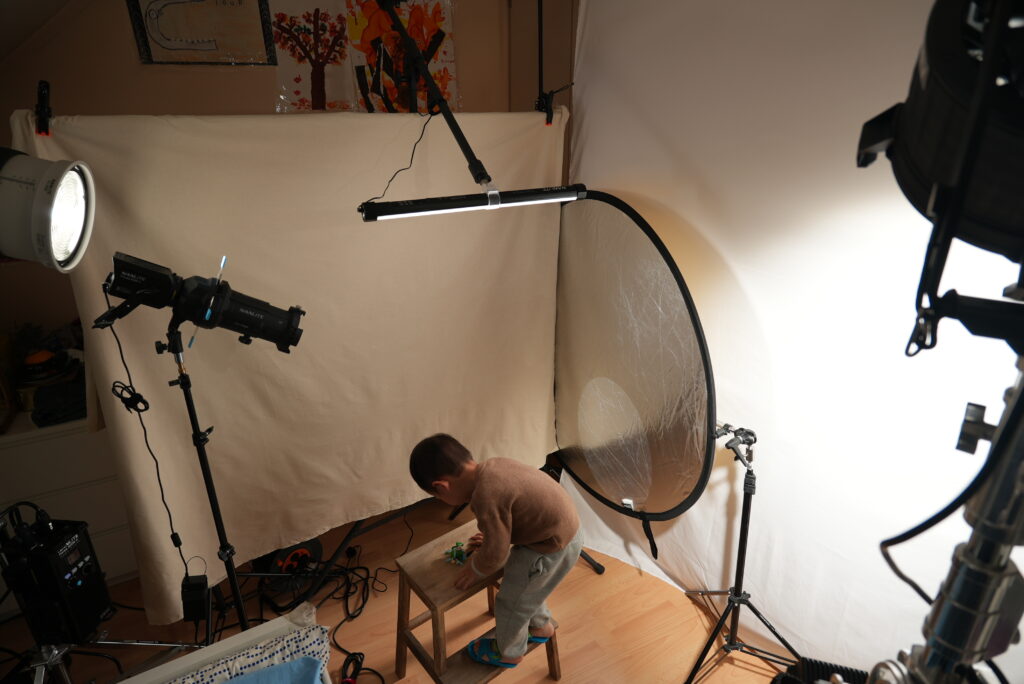
Unlike a softbox, this method offers significantly enhanced control and realism, especially when striving to emulate a natural look.
Verdict
8.6 out of 10.
This Nanlite FL-20G Fresnel Lens is definitely a must-buy for everyone who just got themselves a continuous LED light.
The Fresnel lens is well built and inspires confidence. Technically, it does its job perfectly.
This tool is quite classic and a no-brainer at this price point. This tool, with the lens and the barn doors, will give you some control over the beam angle and the shape of your light.
It’s perhaps not as clean and versatile as an option such as a projection mount, but perhaps it can complement it.
Compared to the competition, it’s cheaper and lighter. Sure, the Aputure F10 is better made when it comes to spills and can produce more output. But at the end of the day, the Aputure only works on light storm lights more precisely the 600 series, whereas the FL-20G works on most lights.
Informations
Nanlite FL-20G Fresnel Lens
Website : https://nanlite.com/
Page of the product : https://nanlite.com/parts-fl-20g
Facebook page : https://www.facebook.com/nanlitelighting/
YouTube page : https://www.youtube.com/c/NanliteGlobal
Our video production : https://www.neonnight.fr/en/
Samples using the Fresnel :
Packshots
https://www.neonnight.fr/en/portfolio/viwone-packshots-bright


GIPHY App Key not set. Please check settings
2 Comments